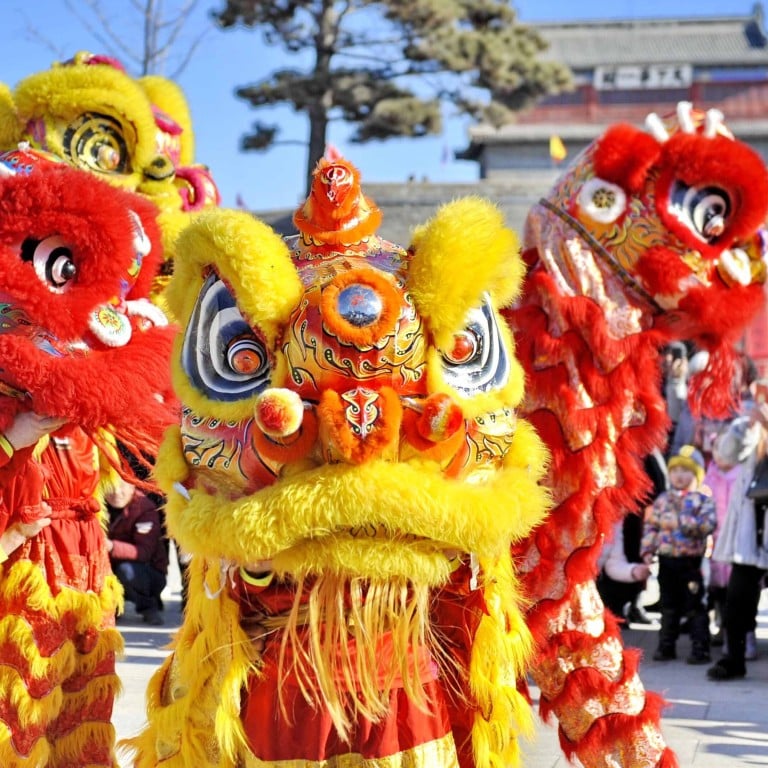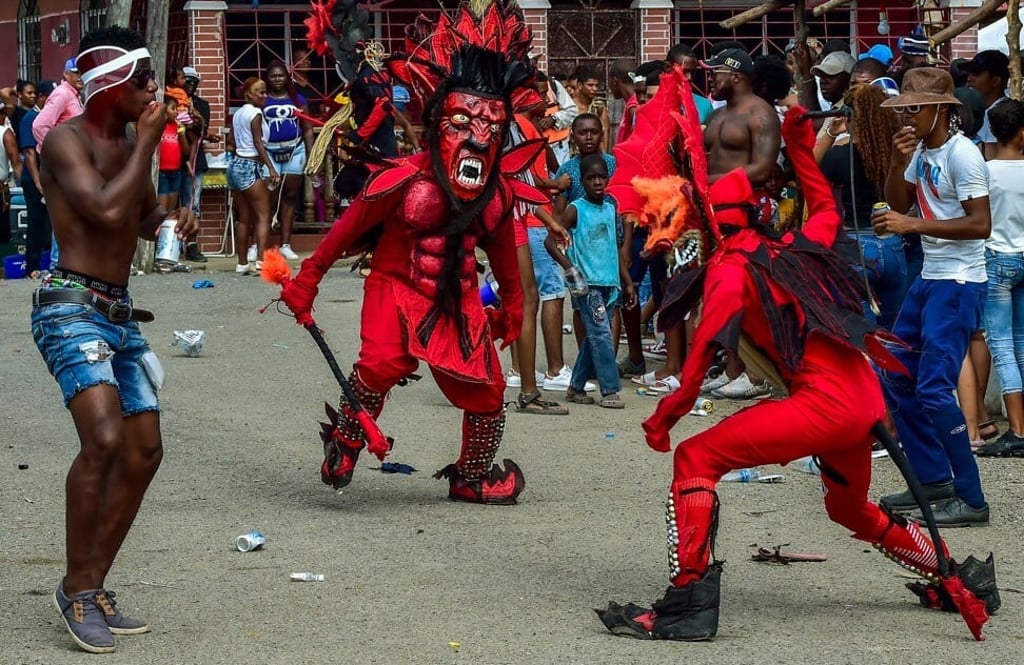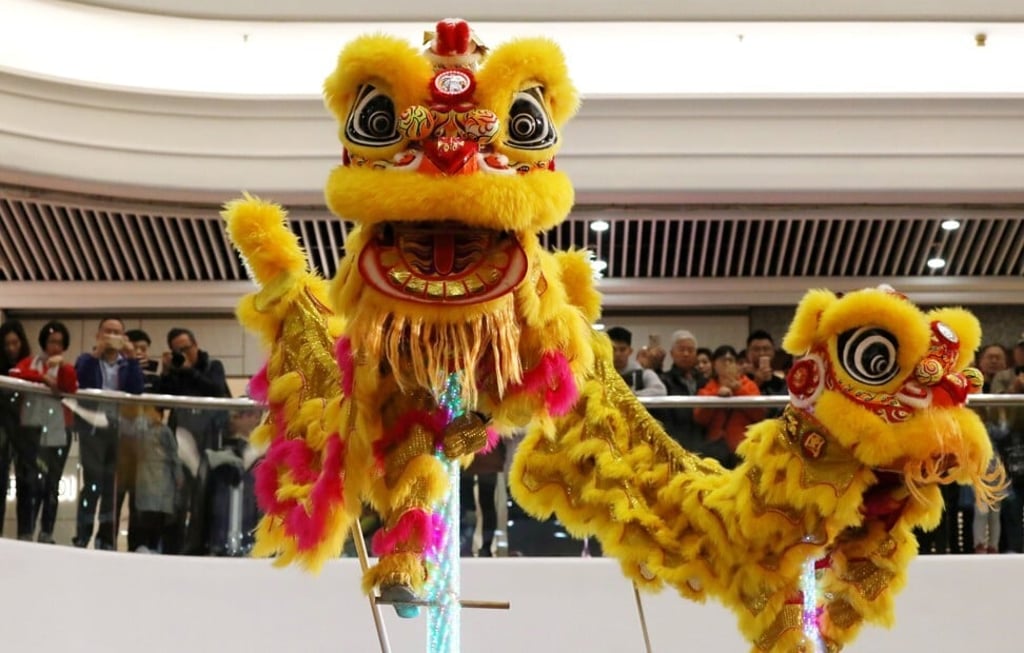Lunar New Year: Lions aren’t native to China, so where did the traditional lion dance come from?

Get ready for the clanging of cymbals and beating of drums that announce the colourful trance of the lion dance – but how much do you know about this centuries-old CNY tradition?
It’s Lunar New Year, and the clanging of cymbals and the persistent beat of drums are aural cues to the lion dance. Colourful and loud, the lions are an ancient Chinese ritual to scare away evil spirits, and bless a business or home. The Chinese lion does not look much like a lion, though, and if these predators aren’t native to China, where does the dance come from?

Humans have long dressed up like animals to dance, a practice that dates back to the Qin dynasty, around 220BC, when there were texts describing exorcisms with dancers wearing bear skin masks. So what made the lion so special and how has it stood the test of time?

The earliest use of the word “lion” was in Han dynasty texts presented to court by emissaries from Central Asia. It wasn’t described as a dance until much later during the Tang dynasty. The dance was a lavish affair, and involved five different coloured lions, 12 “lion lads” or dancers in charge of teasing the beasts, accompanied by 140 singers.
In his poem, Western Liang Arts, Bai Juyi describes a line dance more like what we know today that was “performed by two hu (胡, he means non-Han people from Central Asia) dancers who wore a lion costume made of a wooden head, a silk tail and furry body, with eyes gilded with gold and teeth plated with silver as well as ears that moved”.
Northern and southern lions

By the Song dynasty, all the lions in the dances resembled what we know as northern lions today. These lions have a gold painted wooden head, a shaggy red mane and yellow fur throughout their body. The male has a red bow on its head while a female usually sports a green one or has a green mane. The distinction between the sexes is made because the dance usually portrays a family of lions. The performance is more agile to depict playfulness, and acrobatics and stunts are common.

The structure of southern lions is more complicated than their northern counterparts. The head is made with papier-mâché over a bamboo frame, covered in gauze then painted and decorated with beautifully coloured materials that mimic fur. Southern lions are believed to originate in Guangzhou. They are said to have appeared in the Qianlong Emperor’s dreams during his Southern tour, and he ordered an animal to be made in the likeness of his description and used in festivals from then on. However, it’s most likely to have been adapted from the Northern lion, which dates back to the Ming dynasty.